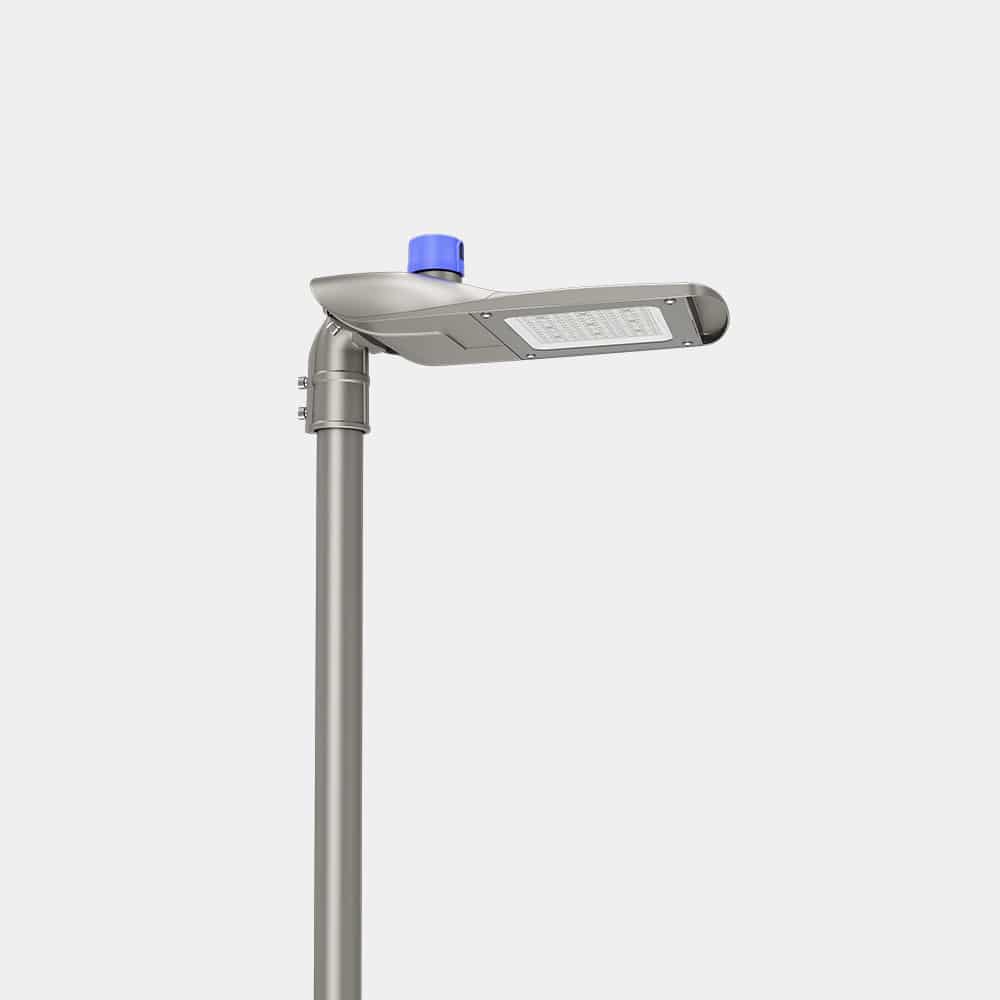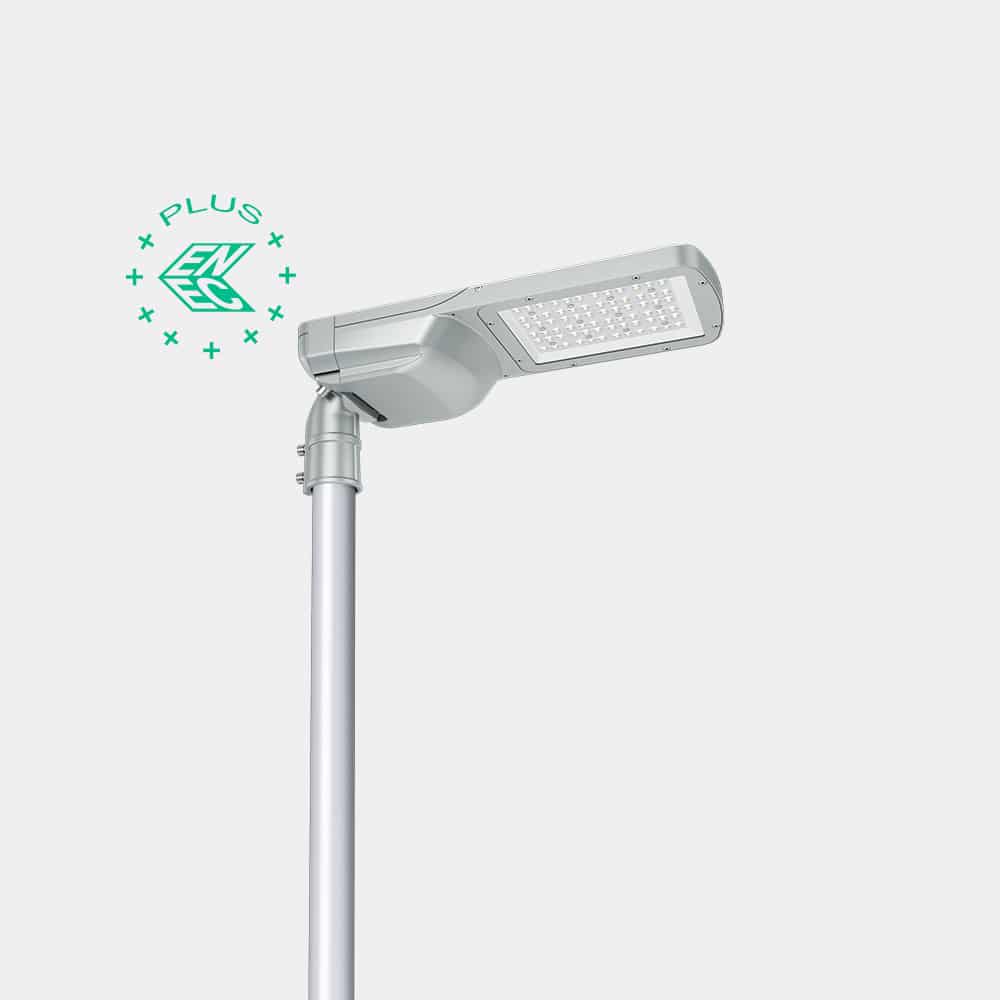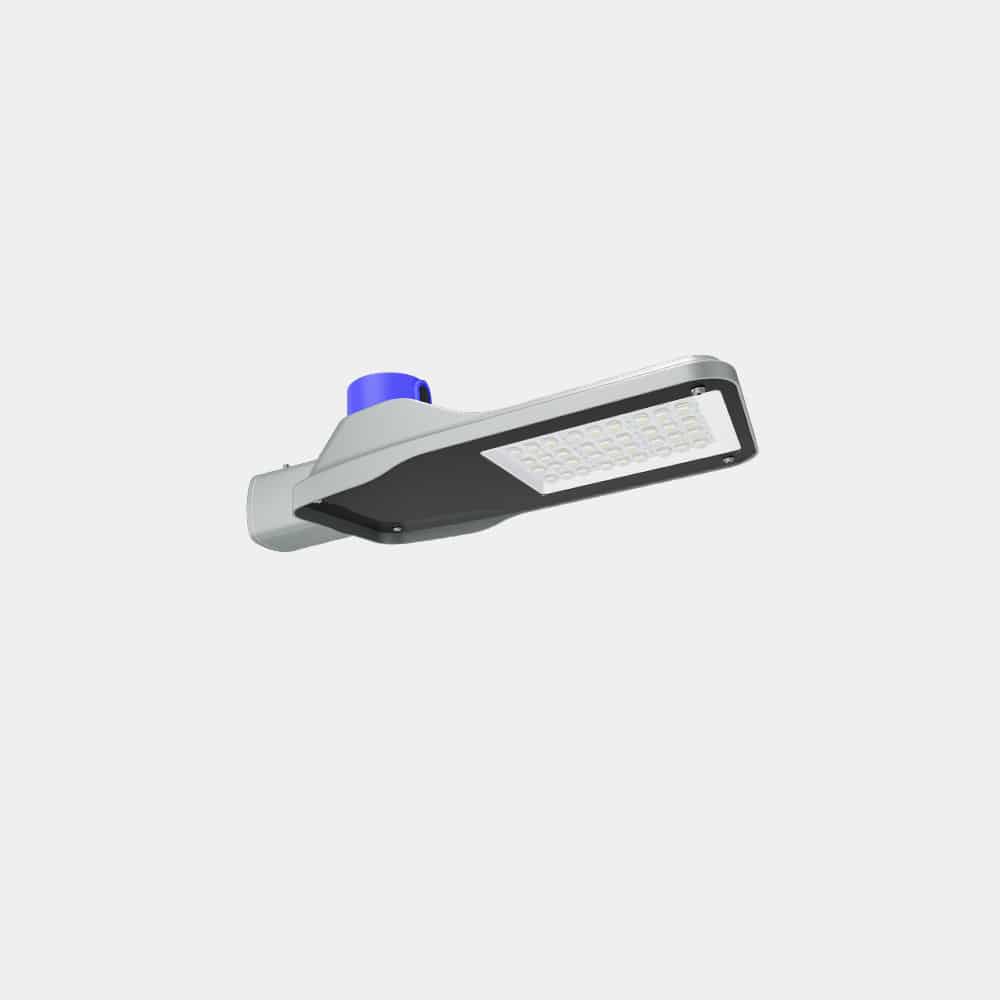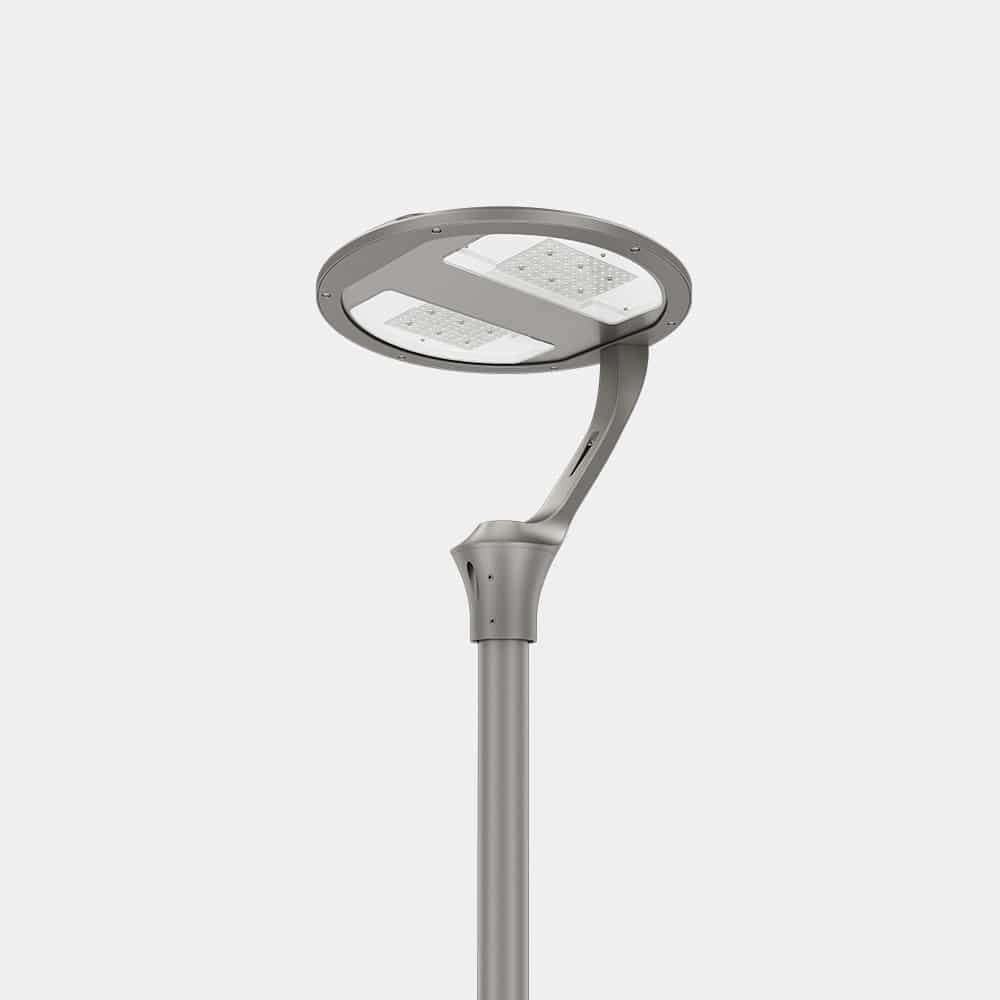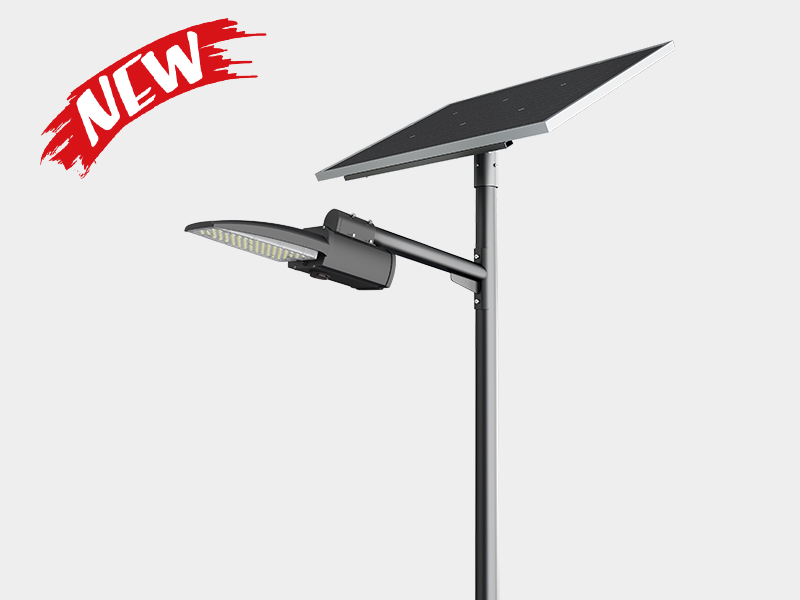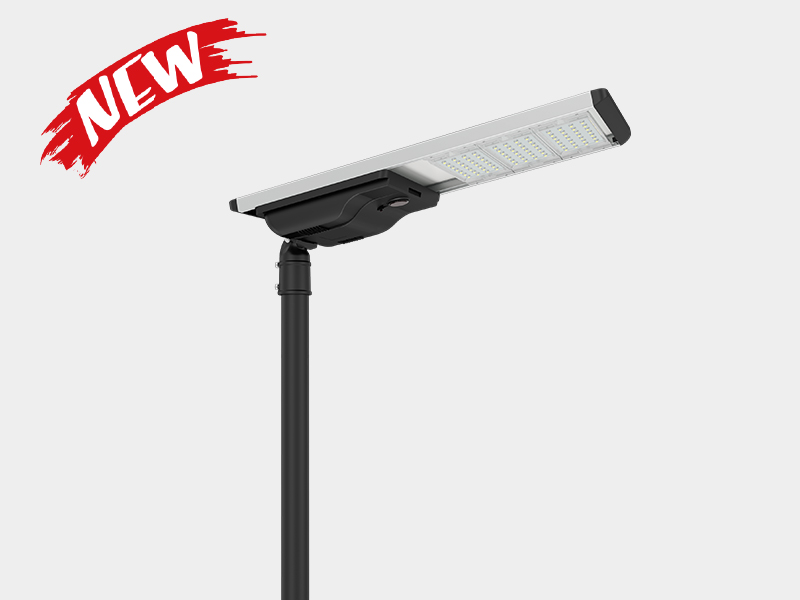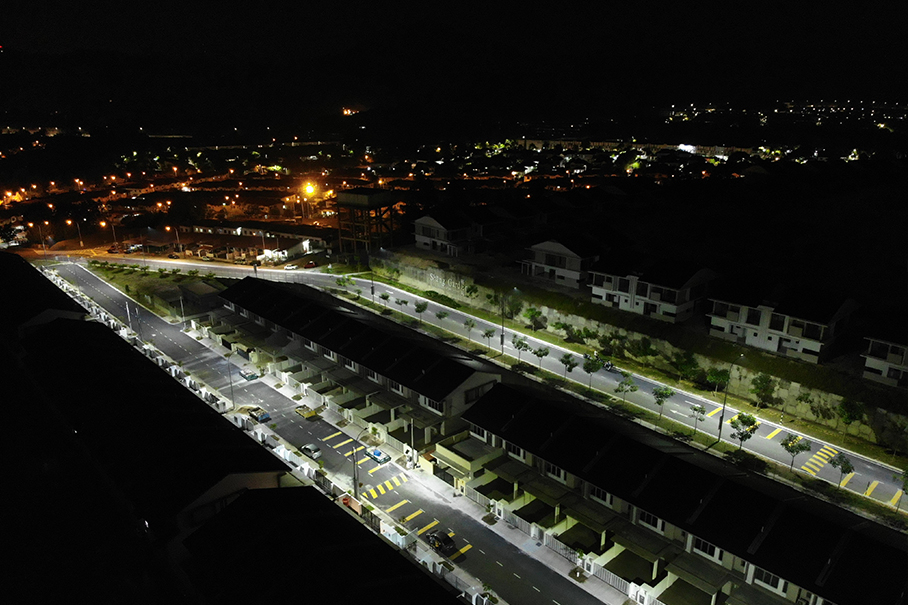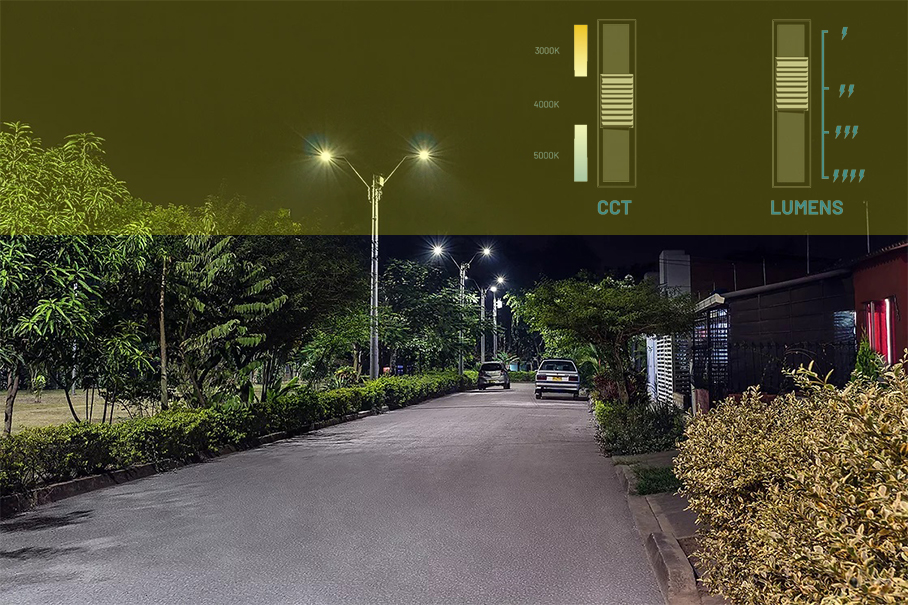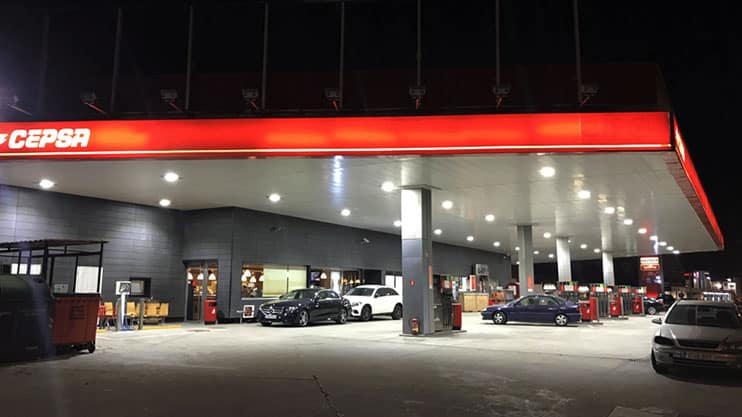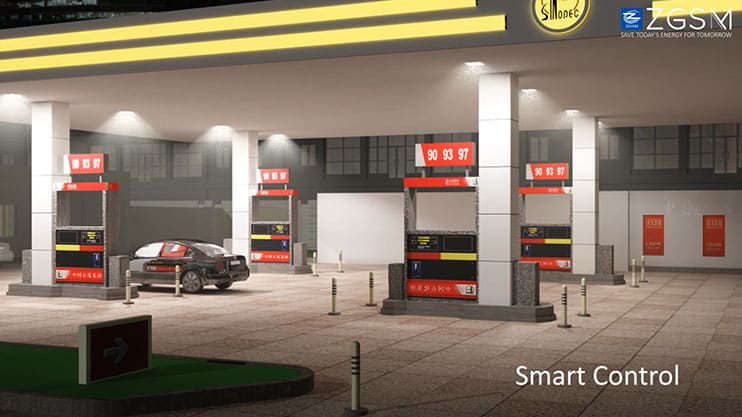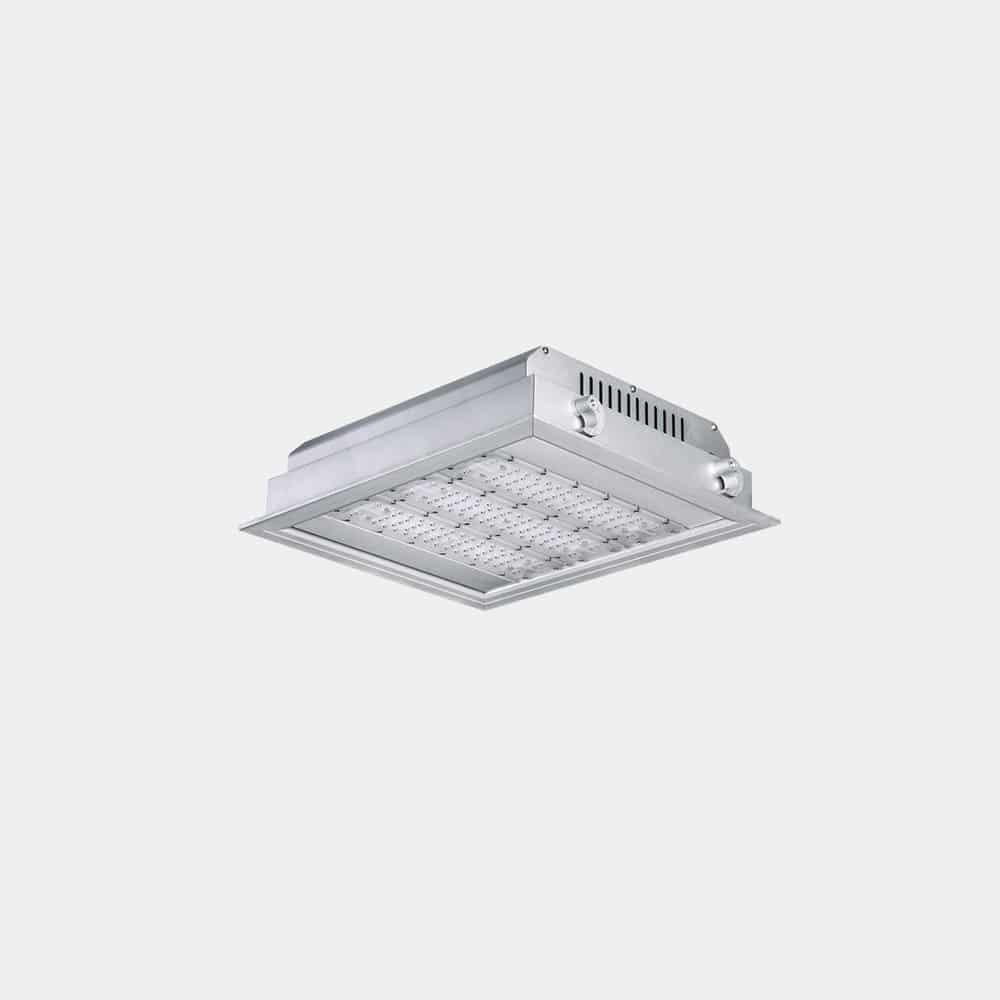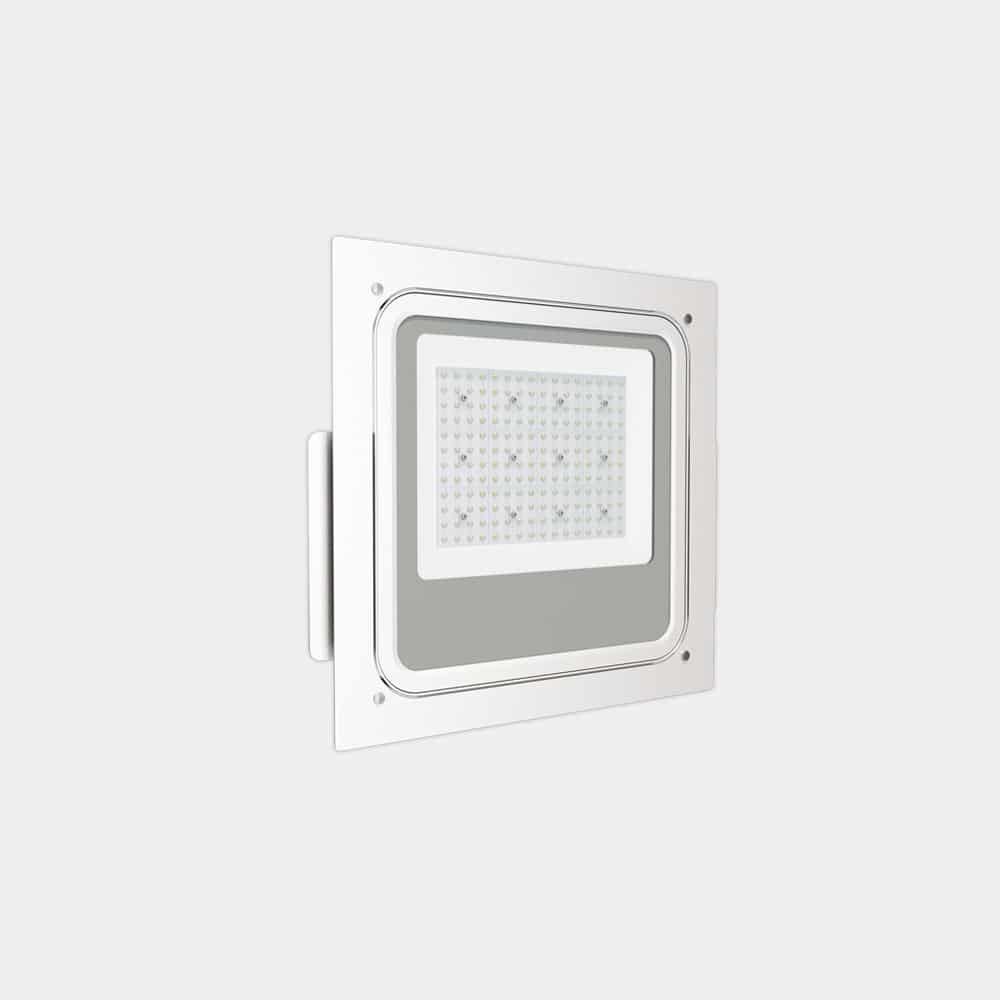Zhaga – Zhaga books, Zhaga socket or Zhaga-D4i
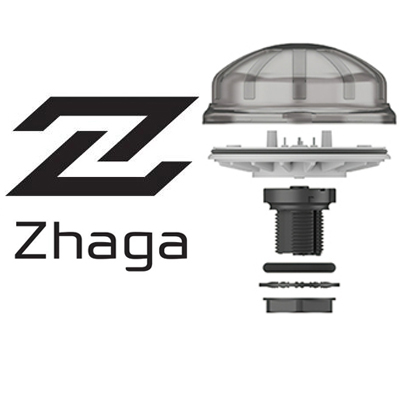
Taylor
Introduction
Compared with Zhaga, most practitioners should be more familiar with NEMA socket. NEMA socket is a socket standard proposed by the National Electrical Manufacturing Association. Zhaga was proposed by the Zhaga Consortium, and now we are familiar with it, such as Zhaga socket and Zhaga-D4i. However, Zhaga’s development has not been smooth sailing. It was established in Europe in 2010 and initially focused on formulating standards for LED light engine products, including physical size, optics, electrical, etc. During 2010-2018, more LED manufacturers and lighting manufacturers joined the ZHAGA Consortium, gradually expanding its influence. In 2019, ZHAGA extended its standardization work to the field of smart lighting, releasing standards for smart interfaces between outdoor lighting fixtures and sensing/communication modules. The most important ones are Zhaga socket and Zhaga-D4i certification. They define smart luminaire interfaces, including mechanical socket, communication and control aspects, allowing sensor/communication modules to be plug-and-play.
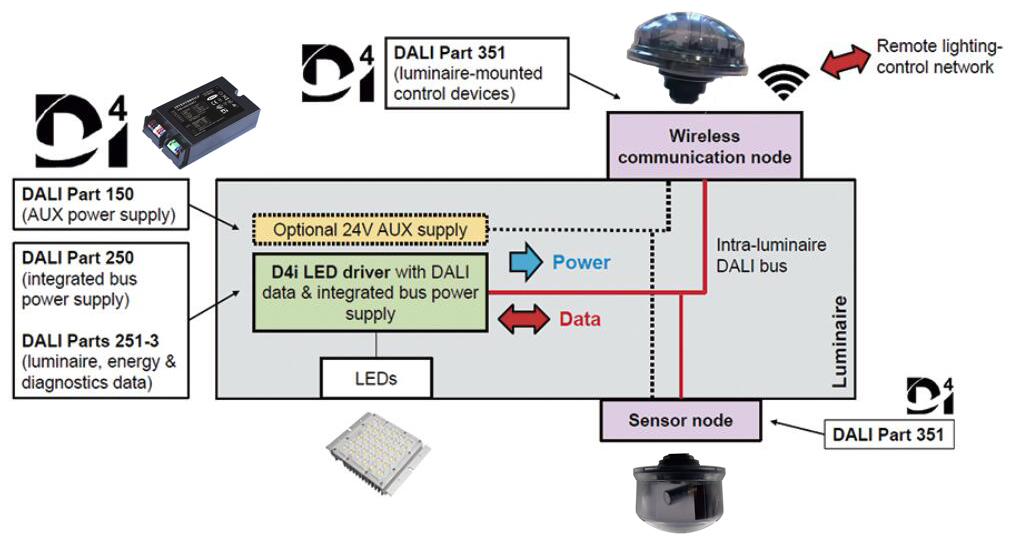
What’s Zhaga?
Zhaga is an alliance formed by global lighting manufacturers and an international standardization organization. Its purpose is to achieve compatibility and interchangeability of light engines through standardization, thereby accelerating the widespread application of LED technology. The Zhaga standard covers interface standards for devices such as LED light engines, LED modules, LED arrays, lamp holders, electronic control devices (LED drivers), connectors, and sensing/communication modules. The goal is to ensure that devices produced by different manufacturers can cooperate with each other. work without limiting their performance and further innovative development. Common standards include Zhaga13, 18, 20, 23 and 24.
For LED lighting device manufacturers, the Zhaga standard reduces supply chain risks and bottlenecks, while for planners and end users, Zhaga-based lighting devices are future-proof and certified components can be purchased from multiple suppliers. , and can adopt the latest generation of LED technology. In addition, Zhaga builds trust in interoperability, ensuring product quality and compliance with standards through certification and mark licensing programs conducted by authorized testing centers. Generally speanking, Zhaga is an industry alliance and also refers to various standard Zhaga books launched by Zhaga.
What we can benefit from Zhaga?
The Zhaga standard is of great significance in the LED lighting industry. The Zhaga standard was formulated to cope with the continued and rapid development of LED technology. Compared with various countries’ performance standards for LEDs (such as lifespan, energy efficiency, color temperature consistency, etc.), Zhaga focuses more on the interchangeability issues between products from various manufacturers. Zhaga has positive significance in ensuring equipment compatibility/interchangeability, promoting technological innovation and reducing the cost of lighting fixtures, as we will explain one by one below.
Compatibility and interchangeability: Zhaga standards standardize the physical dimensions, optics, electrical, light distribution, heat dissipation, etc. of LED industry-related products (LED modules, interfaces, power supplies, other sensors, etc.), ensuring that different manufacturers LED products can be compatible, interchangeable and replaced with each other. This provides a stable design platform for LED lighting manufacturers and avoids the circulation of a large number of incompatible LED products (LED engine, controller and LED driver) on the market.
Promote technological innovation: The establishment of the Zhaga standard promotes technological innovation in the field of LED lighting applications. For example, the Zhaga interface standard allows different LED lamps to adapt to sensors from different suppliers to achieve functions such as microwave sensing and wireless control of the lamps. The interoperability and replacement of lamps and sensors/communication modules will encourage more manufacturers to research related products, coupled with the development of the LED industry, to achieve lamp compatibility, interchangeability, intelligence, etc.
Reduce development and lighting costs: The emergence of the Zhaga standard has led to the emergence of more interchangeable and compatible LED products on the market. Developers can confidently purchase compatible LED products on the market, which include light engines. Power supplies, Zhaga sockets and sensors, etc., which can reduce the development cost of LED lighting fixtures while promoting the popularity and market growth of LED lighting products. Zhaga socket has more advantages in size than NEMA socket, and also reduces the cost of lamps.
Different Zhaga books
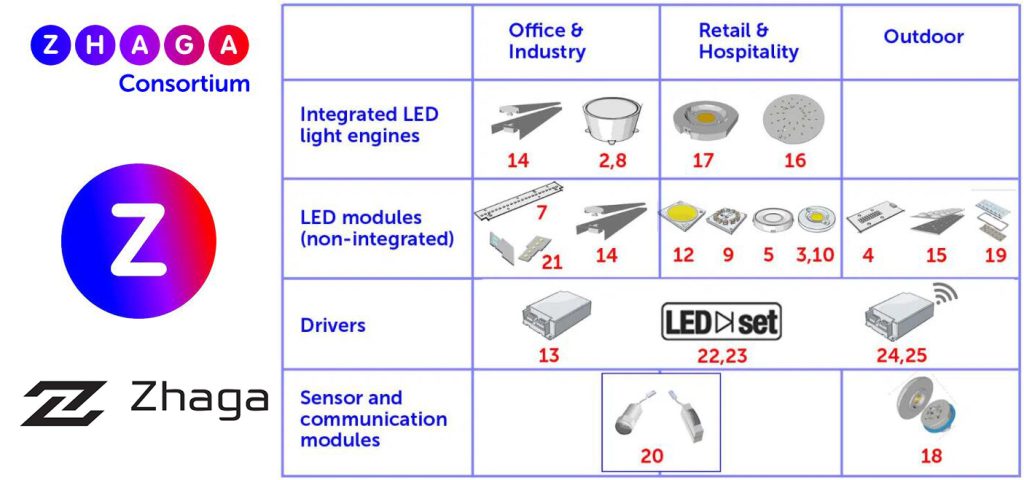
Book 1: Common information and definitions
Book 1 defines features that are common in multiple Zhaga interface specifications, such as common definitions, requrements, test descriptions. In addition, it defines the mechanical interface of separated LED drivers (electronic control gear); and the generic aspects of thermal interfaces.
Book 4: Rectangular LED module with separate driver
Book 4 defines the interfaces of high-intensity LED light engines (LLEs) comprising a rectangular, non-socketable LED module with a separate LED driver (electronic control gear). For applications that need a high-intensity light source, such as outdoor and industrial lighting.
There are three LLE categories in Book 4, which are defined by the size of the rectangular light-emitting surface (LES):30 mm x 7.5 mm;42 mm x 10.5 mm;60 mm x 15.0 mm.
Book 12: COB LED arrays and holders
Book 12 defines a family of rectangular and square LED arrays with a circular light-emitting surface (LES). These arrays require a separate LED driver, and can be used either with or without holders, depending on the luminaire type and application. While Book 12 isintended for modules that will use chip-on-board (COB) technologyfor the light-emitting section, Zhaga does not prevent the use ofalternative technology approaches. The LED arrays in Book 12 have the following overall dimensions: C12x15(Rectangular 12 x 15 mm), C20x24(Rectangular 20 x 24 mm), C16x19(Rectangular 16 x 19 mm), C24x24(Square24 x 24 mm), C19x19(Square 19 x 19 mm), C28x28(Square 28 x 28 mm). It also specify the details about the holders.
Book 13: LED Drivers
Zhaga Book 13 defines the interface specifications of LED drivers (also known as electronic control gear, or ECG) that can be used in combination with a wide range of non-integrated LED modules. Book 13 will contain the information on the mechanical interface of LED drivers that was previously included in Book 1. The new Book 13 also includes information on the electrical interface between LED drivers and LED modules. New Zhaga LED light engines comprising separate LED modules and drivers will be described by two Books. One Book will describe the LED module alone, while the driver specification will be found in Book 13.
Book 18: Smart interface between outdoor luminaires and sensing / communication modules
Zhaga Book 18 describes a smart interface between outdoor luminaires and sensing/ communication nodes. Simply put, this standard book mainly talks about the details of Zhaga socket. In November 2019, Zhaga launched Book 18 Ed. 2.0, which specifies the mechanical fit and electrical pin information of the Zhaga socket, and it also specifies the power and communication aspects. These enable any certified control node to operate with any certified Zhaga socket, power supply and luminaire. Certified luminaires and sensing/communication modules are available from multiple suppliers, establishing an ecosystem of compatible products. This book ensures plug-and-play functionality for nodes such as sensors and communication nodes on LED luminaires by standardizing the Zhaga socket. This interoperability benefits the entire LED industry. In order to meet the additional market demand for hybrid lamps with both “Zhaga Connectors” and “ANSI Sockets”, Zhaga developed Zhaga Book 18 Ed. 3.0 in 2021. In addition, the hybrid solution still provides the sensing use case based on two Zhaga sockets, that is, the communication node is located above the luminaire, while the sensor (microwave) can be placed below the luminaire, and guarantees Zhaga Book 18 interoperability.
Book 20: Smart interface between indoor luminaires and sensing / communication modules
Zhaga Book 20 defines a smart interface between indoor LED luminaires and sensing/communication nodes. Sensors and nodes include air quality sensor, presence detection sensor, light levels sensor etc. The node connects to the LED driver and smart control system, and typically can Provide sensory inputs or enable communication between network components. It greatly facilitates lighting manufacturers, installers and end customers, making the installation, replacement and debugging of nodes from different suppliers very convenient.
Book 24: Programming of luminaire components using NFC
Zhaga Consortium developed Zhaga Book 24, a standard that aims to standardize wireless digital programming methods using near field communication (NFC) technology. This standard is mainly aimed at the programming interface of LED drivers to ensure that the process of on-site debugging, setting, parameter export or copying to another device is more unified and convenient. Currently, LED lamp manufacturers use a variety of programming methods to set the operating characteristics of the LED driver inside the lamp. However, in the past, LED luminaire manufacturers had different approaches to this programming task, which caused problems for electrical installers, system integrators and energy suppliers. In order to solve this problem, the Zhaga Alliance launched the Zhaga Book 24 standard, which means that as long as the LED driver (NFC) and NFC editor comply with the Zhaga Book 24 standard, they can seamlessly cooperate with each other, greatly simplifying on-site debugging and setting process which improves work efficiency.
Zhaga-D4i issued by Zhaga and DiiA
With the development of society and technology, the market demand for smart, future-proof, and compatible LED lamps is becoming increasingly strong. Based on this change, Zhaga and DiiA jointly developed Zhaga-D4i technology and related Zhaga-D4i certification. Both of them mainly focus on interface compatibility and smart cities. The former defines the Zhaga installation interface for smart lighting controllers (Zhaga Book 18 and Zhaga Book 20), a standardized interface between luminaires and sensors and/or communication nodes. The latter defines D4i intelligent lighting controller technology, which involves the two-way transmission of lighting data, such as lighting asset data, power consumption data, debugging data, etc. In addition, D4i also defines DALI bus power supply and DC auxiliary power supply technology to provide power to sensors and controllers without the need for additional AC power supply.
For outdoor lighting suppliers, Zhaga-D4i combines the Zhaga Book 18 2nd Edition outdoor connection specification with DiiA’s DALI D4i specification for luminaires. General speaking, a lamp that complies with Zhaga-D4i combines a Zhaga socket(Zhaga Book 18) and a D4i driver (Zhaga Book 13). It covers all key features within a single luminaire, including mechanical fit, digital communications, data reporting and power requirements, ensuring plug-and-play and interconnectivity of luminaires (drivers) and peripherals (such as connection nodes). The application features of Zhaga-D4i are summarized below.
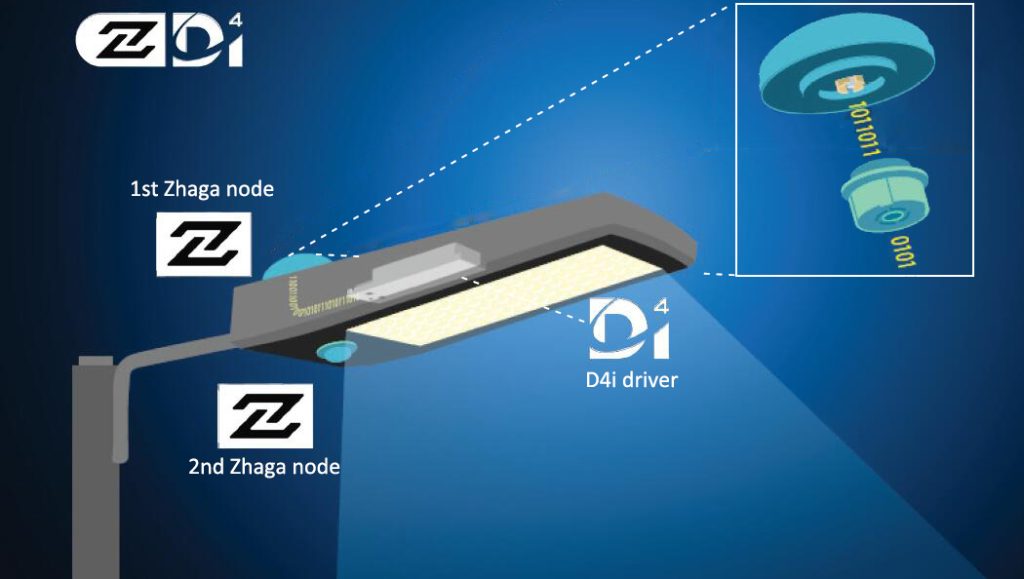
- Connected: Able to participate in the loT
- lntelligent: Able to collect and report a wide variety of data
- Beyond lighting: Supporting sensing and communication
- Standardized: based on standards with plug-and-play interoperability
- Future-proof: Easily upgraded to keep pace with rapid developments in sensor and digital networking technology
- Certified: Create trust in interoperability
ZGSM solution with Zhaga
Most of ZGSM’s lamps can be equipped with Zhaga bases. In addition, in order for the lamps to comply with the Zhaga-D4i standard, we can also equip our street lamps with D4i LED drivers. All these make our lamps Smart ready. In addition, our lamps also provide the more mature NEMA solutions. If you are interested, you can also contact us. NEMA currently has a large audience. The main reason is that the D4i LED driver is much more expensive than the conventional 1-10v dimming power supply, which greatly exceeds the cost saved by the Zhaga socket.
Summary
This article provides a detailed explanation of what Zhaga is, the meaning of Zhaga, the definitions of different Zhaga books and corresponding products, as well as the certification of Zhaga and D4i. Through study, we learned that Zhaga represents an organization that aims to standardize corresponding standards. Its products include LED light engines, LED modules, LED arrays, lamp holders, electronic control devices (LED drivers), connectors, and sensing/communications Modules and other devices mainly involve interface standards. From this we can know that Zhaga represents not only Zhaga socket, but also several other important components of LED lamps. It is designed to ensure compatibility and replaceability of connections between LED modules, Zhaga bases, LED power supplies, light controllers and other sensors. This is also the main purpose of the Zhaga organization. In addition, the emergence of Zhaga also provides the direction and cornerstone for the better development of LED. At the same time, Zhaga and DiiA jointly developed the Zhaga-D4i certification to ensure that LED power supplies, sensors and controllers from different suppliers can be perfectly adapted through the Zhaga socket. If you are interested in this part, you can contact us directly for more information. Finally, if you are interested in street lights, flood lights and other outdoor lighting fixtures, you are also welcome to consult ZGSM.
FAQ
Related Posts
Guide for canopy light with battery backup
Tags:
Author

Taylor
Sales Engineer
I am Taylor, with 10 years of experience in lighting sales. Throughout my career, I have developed a deep understanding of the lighting industry and its products. My expertise lies in building strong relationships with clients, understanding their needs, and providing tailored lighting solutions that align with their requirements.
